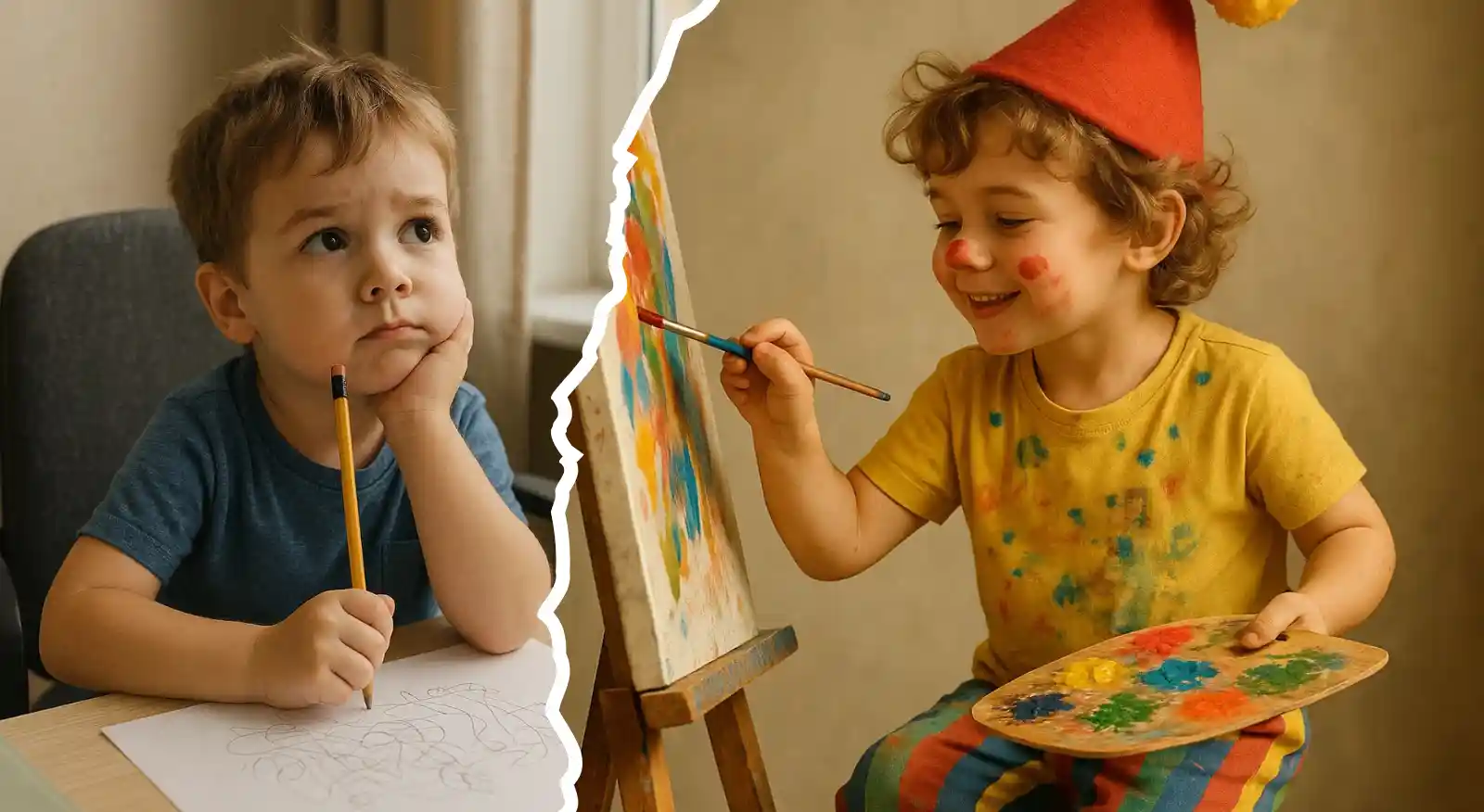
How to Encourage Your Child to Love Art: Tips for Parents
Children are naturally creative. Give a child a box of crayons or a pile of paint, and they’ll often dive right in, creating colorful masterpieces from their imagination.
But as kids grow older, the pressures of schoolwork, technology distractions, and even self-doubt can sometimes cause that creative spark to dim.
As a parent, you have the power to keep that spark alive. Encouraging your child to love art isn’t about pushing them to become the next Picasso. It’s about nurturing their creativity, confidence, and joy in self-expression.
Here’s how you can support your child’s artistic journey — and maybe even discover your own inner artist along the way.
1. Make Art Supplies Easily Accessible
One of the simplest ways to encourage creativity is by making it easy for your child to create.
Set up a small art corner or a basket filled with basic supplies like:
- Crayons
- Markers
- Colored pencils
- Watercolors
- Paintbrushes
- Blank paper
- Scissors and glue
When art supplies are easy to reach, kids are more likely to explore them without needing permission or supervision.
Tip:
Choose washable, child-safe materials so you can relax about any potential mess.
2. Celebrate the Process, Not Just the Product
It’s tempting to praise a “beautiful” painting or an impressive drawing, but focusing only on the finished product can create pressure.
Instead, celebrate the process of making art.
Say things like:
- “I love how you used so many colors!”
- “It looks like you had so much fun painting that.”
- “Tell me about what you created.”
This encourages children to value creativity and effort over perfection.
3. Expose Them to Different Art Forms
Art isn’t just painting or drawing. Introduce your child to different types of creative expression, such as:
- Clay modeling
- Collage making
- Mosaic art
- Printmaking
- Digital drawing
- Photography
You could also explore crafts like sewing, building with recycled materials, or creating jewelry.
When kids see how many ways there are to be “artistic,” they’re more likely to find a medium they love.
4. Visit Museums and Art Exhibits
Take trips to local museums, galleries, or public art installations. Many cities have free or low-cost exhibits that are family-friendly.
Seeing a wide range of art styles and cultures can be incredibly inspiring for children.
Tip:
Keep museum visits short and fun. Let your child pick a few favorite pieces to discuss instead of trying to cover everything.
5. Encourage Storytelling Through Art
Ask your child to create a drawing, painting, or sculpture that tells a story.
You can prompt them with questions like:
- “What’s happening in this picture?”
- “Who lives in this house you drew?”
- “What adventure are these characters going on?”
Storytelling makes art even more personal and meaningful, and it taps into both their imagination and communication skills.
6. Avoid Over-Scheduling and Allow Downtime
Children need free time to create.
If their schedule is packed with structured activities, they might not have the energy or space to explore their creativity.
Allow for unstructured time where they can draw, paint, or invent without any specific goal or timeline.
Creativity thrives in moments of boredom and daydreaming.
7. Create Alongside Them
You don’t have to be an artist yourself to encourage your child’s love of art.
Sit down and create together — draw silly doodles, paint side-by-side, or build something out of clay. Your participation shows that art is for everyone, not just “talented” people.
Children often model what they see, and seeing you enjoy the creative process can be even more inspiring than any lesson.
8. Offer Positive Reinforcement Without Pressure
It’s important to encourage without forcing.
If your child is interested in an art class, great! If they just want to doodle at home, that’s wonderful too.
Avoid turning art into a chore or competition. Let it remain a joyful, pressure-free zone.
Phrase ideas to use:
- “It’s so cool to see your imagination come to life.”
- “I love that you tried something new with your art today.”
- “What would you like to create next?”
9. Share and Display Their Art
Displaying your child’s artwork around your home shows them that their efforts are valued.
You can:
- Create a special “art wall”
- Hang up their paintings on the fridge
- Frame a few favorite pieces
- Rotate different artworks every month
Sharing their art with family and friends (with your child’s permission) also boosts confidence.
10. Show That Mistakes Are Part of Art
Children (and adults) sometimes get discouraged if their creation doesn’t turn out how they imagined.
Remind your child that “mistakes” are part of being creative — and often lead to the most interesting results.
Teach phrases like:
- “It’s okay! Every artist experiments.”
- “What could we turn that into?”
- “Sometimes the best ideas come from accidents.”
When children see mistakes as opportunities, they feel more free to explore and take creative risks.
